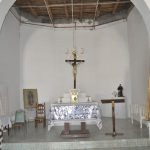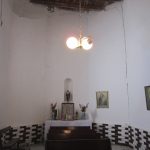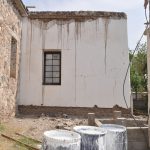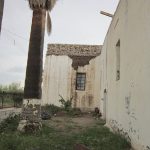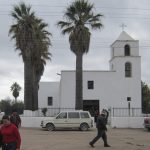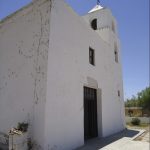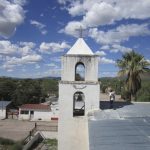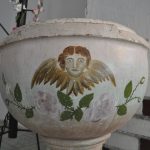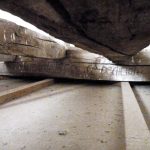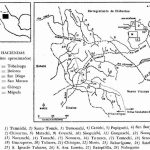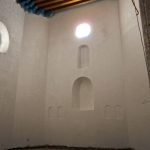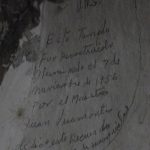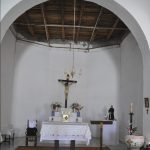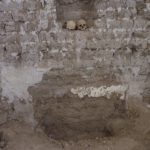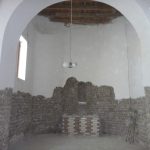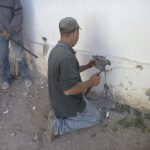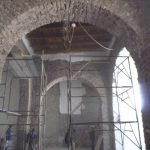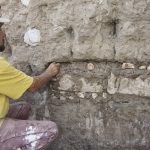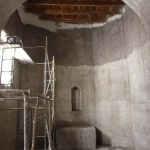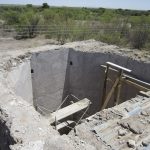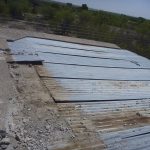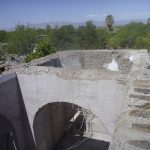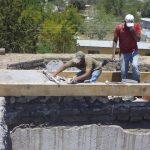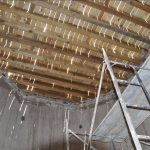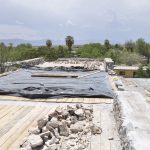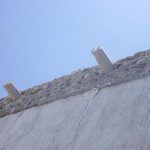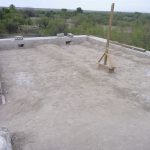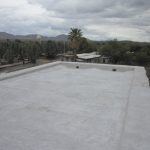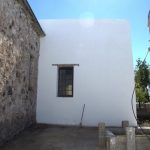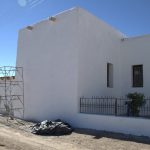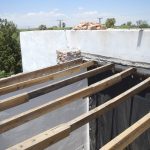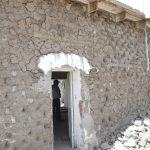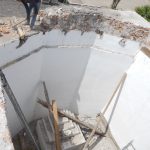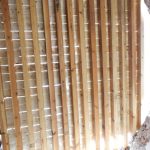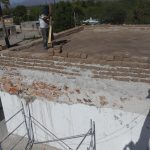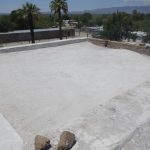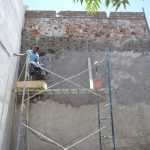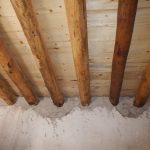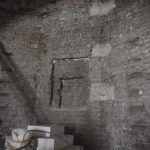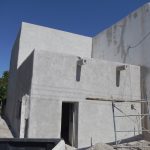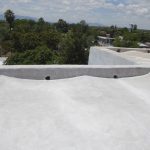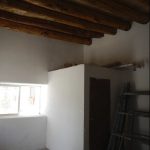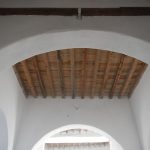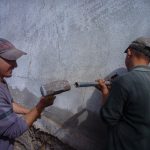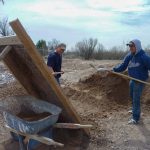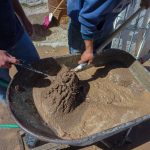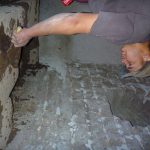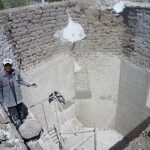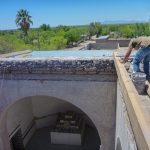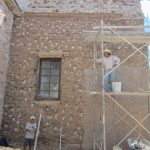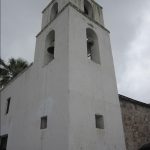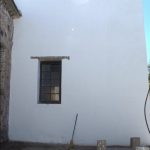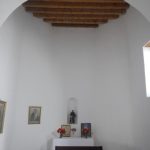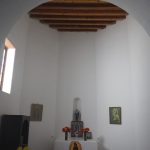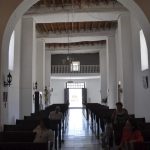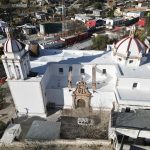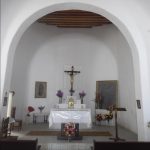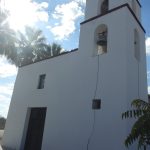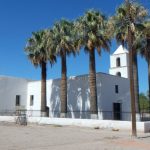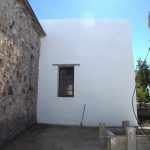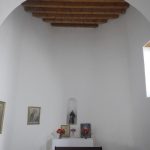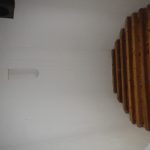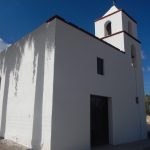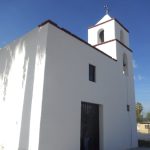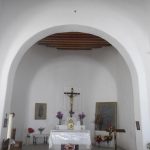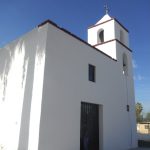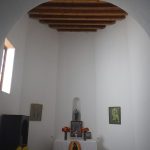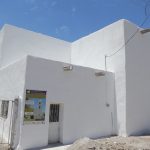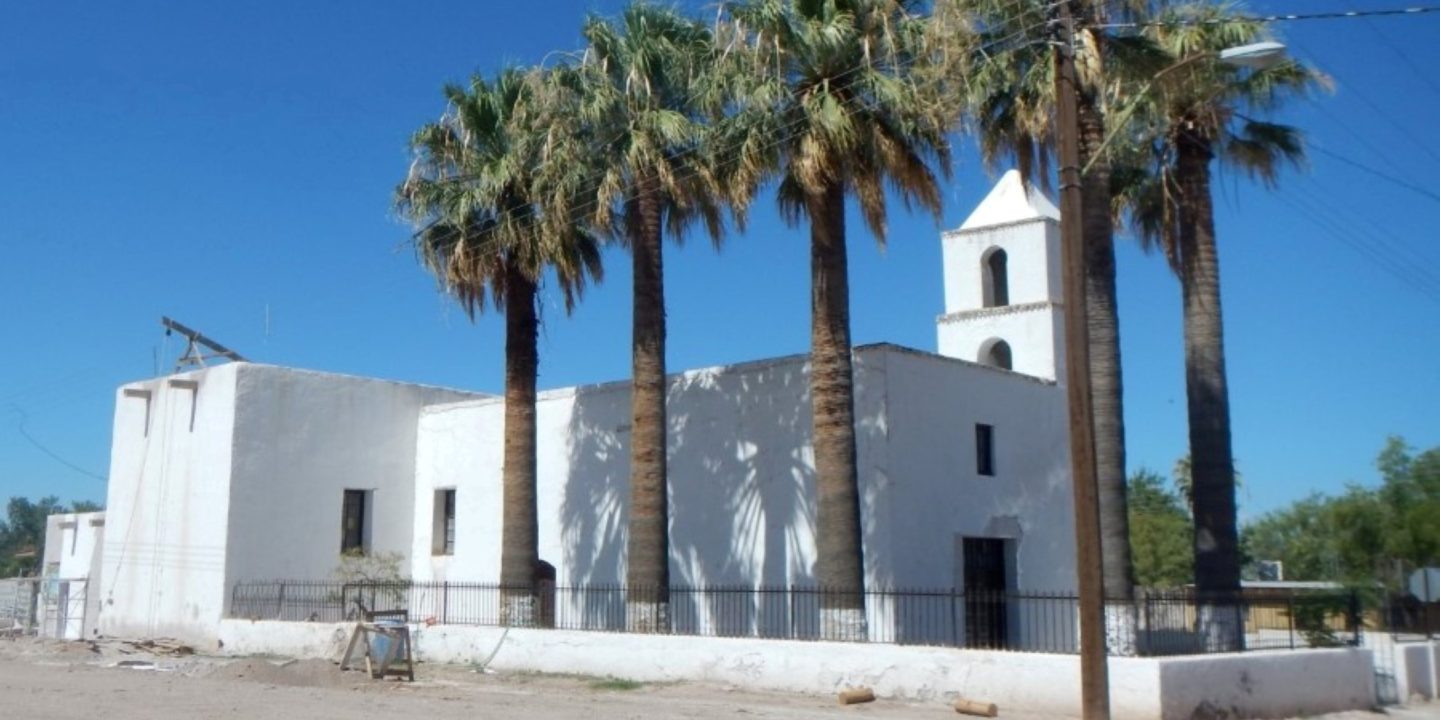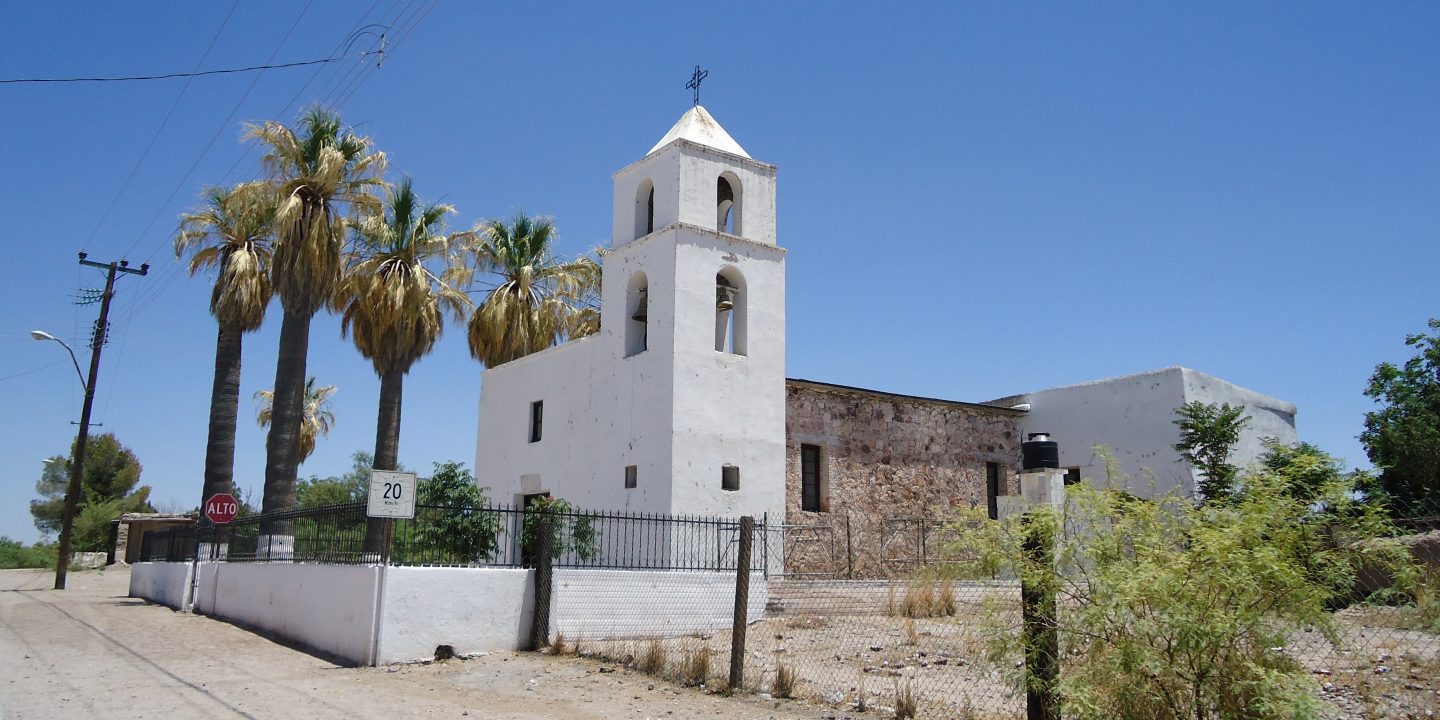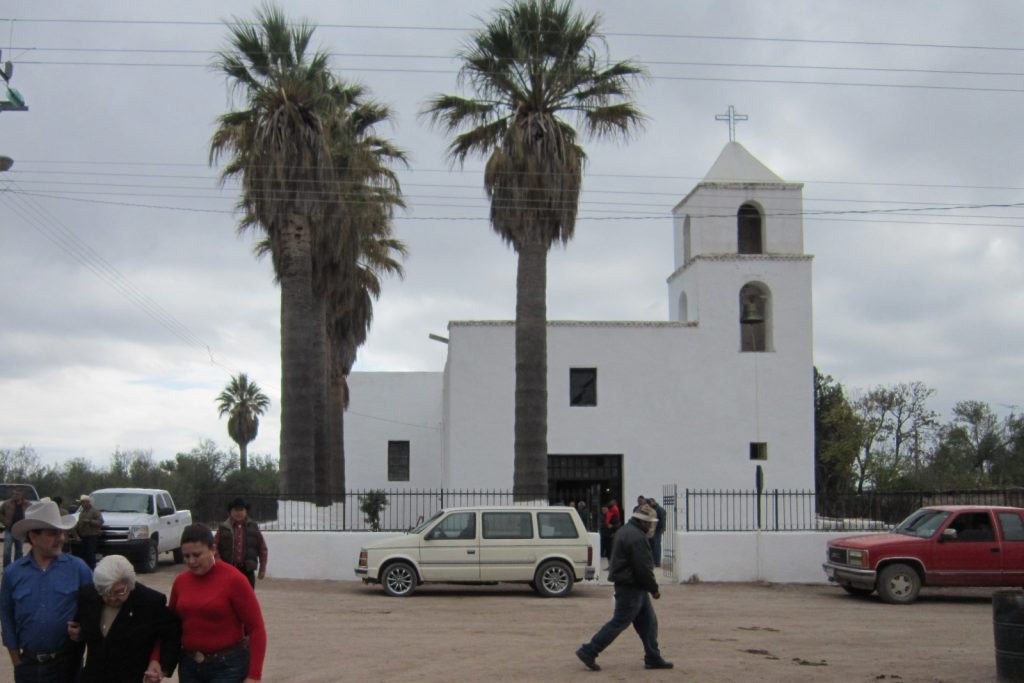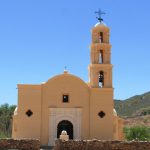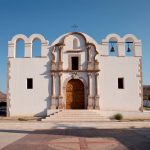San Diego de Alcalá
San Diego de Alcalá
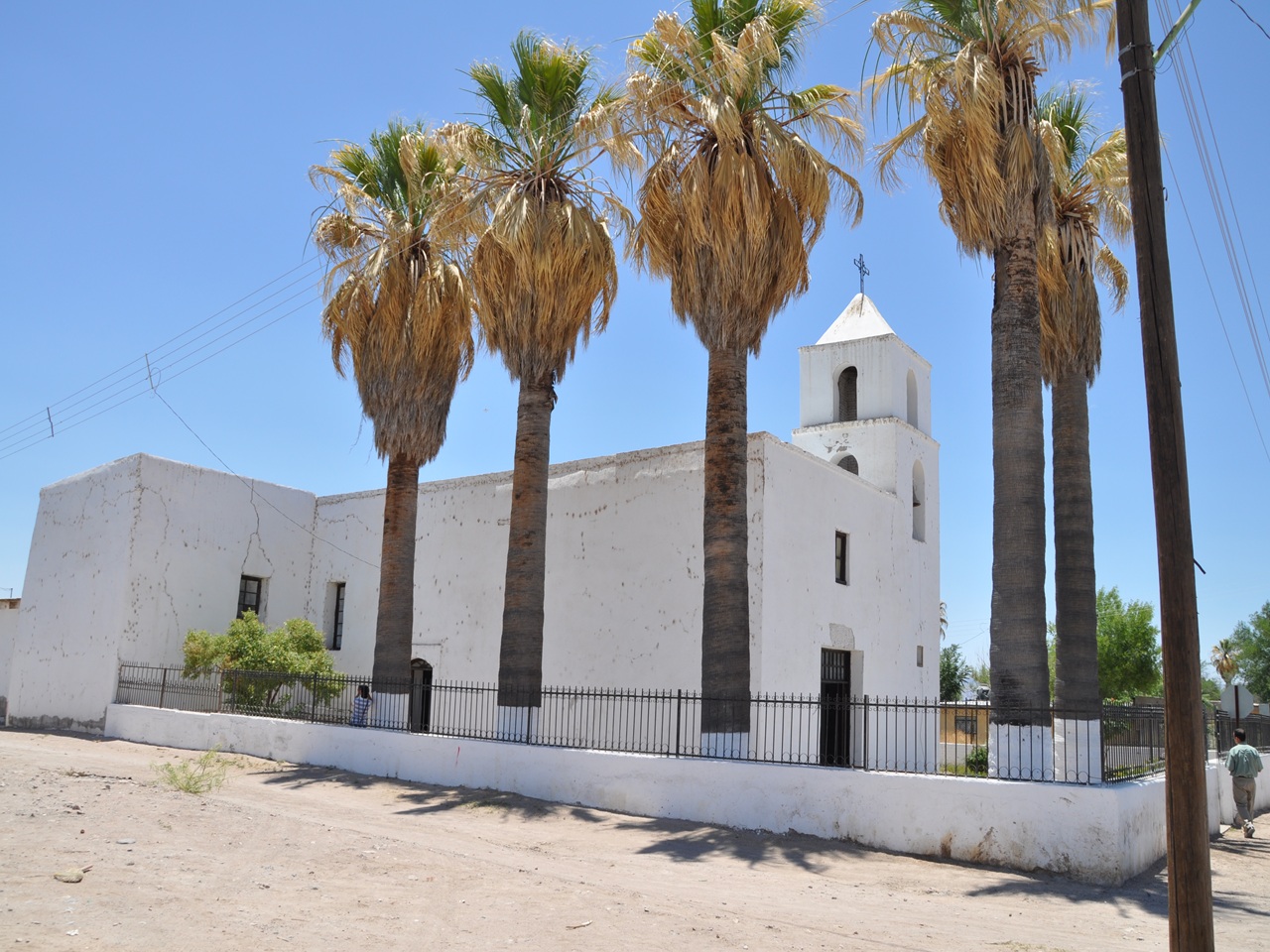
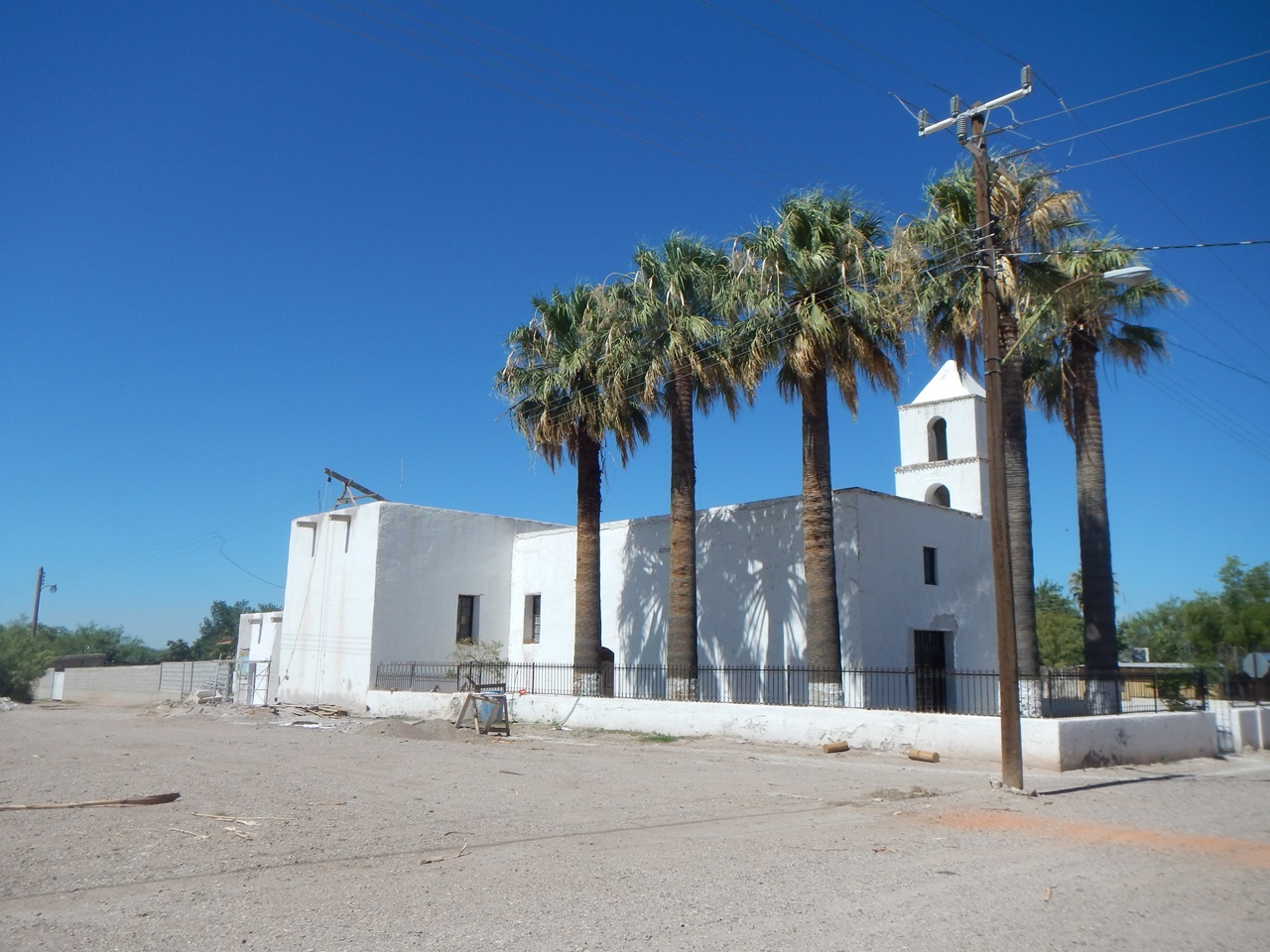
Zacarías Márquez mentions, in the book Las Misiones, the existence of the settlement when referring to the Mission of San Francisco de Conchos during a rebellion in March 1645 by the Toboso Indians. Although he does not provide any details about the inhabitants or the temple:"The field master Francisco Montaño de la Cueva, months later, suppressed a rebellion and hanged the leaders at the site he called San Diego de Alcalá, today Baños Termales".
In the image attached at the end, the early beginnings of the hacienda in 1767 are shown, when it was located alongside the 28 missions of the former Jesuit college called Nuestra Señora de Loreto, Chihuahua, which at that time drove the region’s economy through livestock, trade, and mining.
There is no exact date for the founding of the hacienda, but the Dictionary of Chihuahua History, Geography, and Biography mentions: '…it was an outpost of the Hacienda of Dolores until 1792, when Marshal Pedro de Nava, commander of the Internal Provinces, ordered the establishment of a settlement near the Chuvíscar River, which was named San Diego.
Franciscan Mission
19th
San Diego de Alcalá
Aldama
Building
Adobe
Plane
Latin cross
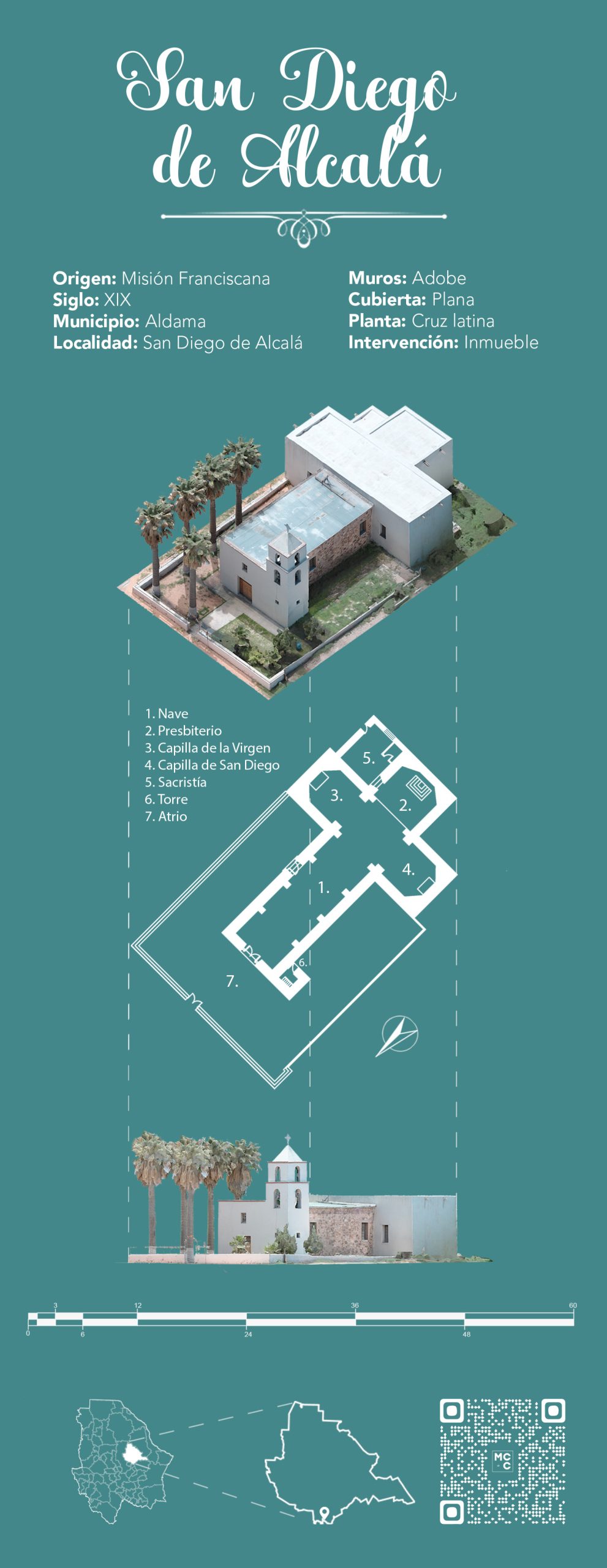
Over time, the temple has undergone a series of modifications that have caused damage and altered its original essence. The most serious was the collapse of the west wall in the mid-20th century, which was rebuilt with stone, while the adobe arches connecting to the east wall did not survive. The roof, previously a flat roof, was replaced with a reinforced concrete slab. This reconstruction and the complete removal of the flat roof in the transept and presbytery caused a destabilization of the building, manifested as cracks and settlement.
In 2011, Presbyter Roberto Rubio, who was in charge of the Parish of the Immaculate Conception, to which the building belongs, and the community of San Diego de Alcalá, concerned about the state of conservation of the temple, requested the support of the association Misiones Coloniales de Chihuahua A.C. to carry out a comprehensive project to restore the dignity of this monument.
In the first stage, the transept (including the side chapels and the crossing) was restored, consolidating the adobe walls and replacing damaged plaster with new lime-and-sand plaster. The traditional roofing system of wooden beams, tiles, and flat roof was restored; it was waterproofed with soap and alum, and finally whitewashed in the traditional manner, using artisanal paint made from nopal sap and lime. The second stage involves the intervention of the tower, the main facade, and the sacristy.
INVERSION $700,000.00 MXN
Progress 100%
PHASE I $350,000.00 (2013)
Removal of attached elements on walls and roof, consolidation of wall foundations, incorporation of a beam system in the roof, and reintegration of plaster in the temple transept (chapels and crossing).
- FOREMOBA
- Municipal Government of Aldama
- Community
PHASE II $350,000.00 (2016)
Removal of harmful attached elements on walls and roof, consolidation of wall foundations, and incorporation of a beam and flat roof system to stabilize walls (sacristy, presbytery, and tower).
- FOREMOBA
- Municipal Government of Aldama
- Community
As the first point of contact, Presbyter Roberto Rubio acted as the legal representative of the building, and his active participation throughout the project is acknowledged. A pro-restoration committee for the temple was formed, led by Engineer Ramón Gómez, the community, and local residents who carried out activities in support of the project. Additionally, the efforts of Don Ismael Villar, the current sectional president of the locality, were included; he participated in the work as a master builder and coordinated with the municipality of Aldama. He contributed labor experienced in the restoration of the mission temple of Santa Ana de Chinarras, a project also executed by Misiones Coloniales de Chihuahua A.C.
For the second stage, the project was led by Professor Eduardo Franco, the current sectional president, and his wife 'Kika,' who encouraged the community to join efforts through volunteer work, thereby contributing to the preservation of this monument.
On-site contact:
Parish Office of Cárdenas
(639) 466 0070
